
A team of Charles Darwin Research Station 'Mangrove Finch Project' staff carried out the successful release of 15 mangrove finch (Camarhynchus heliobates) fledglings this May. The team spent six weeks camping in the field in order to safely release the fledglings back into their native habitat, within the mangrove forest at Playa Tortuga Negra (PTN) on Isabela Island.
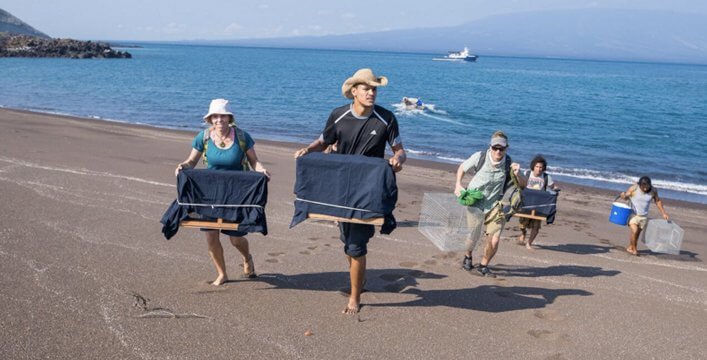
Fledglings were repatriated for the third time since 2014 once again in collaboration with the Galapagos National Park Directorate (GNPD). The transport boxes were taken aboard the GNPD vessel Sierra Negra. The birds were then maintained on site within a specially designed pre-release aviary at PTN for the first three weeks. There the captive-reared fledglings were provided with natural substrates such as fallen logs, bark, foliage, and leaf litter that were found in the mangroves to encourage foraging and to aid in the re-assimilation process. All fledglings were fitted with miniature radio transmitters attached to the base of their tails for monitoring purposes and then, on April 26th, the aviary doors were opened and the birds were free to leave. As a “soft-release,” supplementary food was provided within the then opened aviary for a further three weeks.
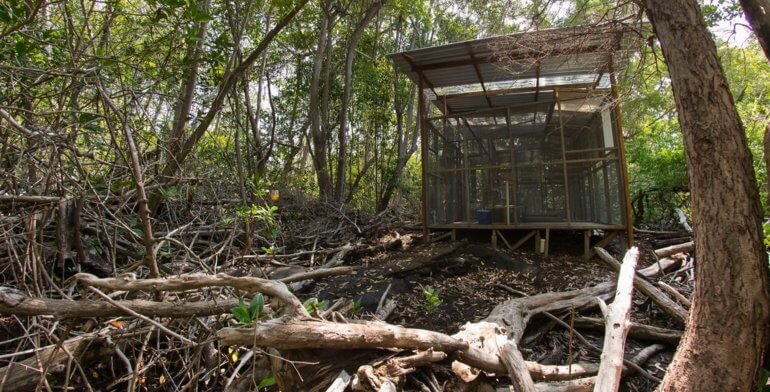
The light-weight transmitters, weighing only 0.3g, resulted in a short battery life which allowed fledglings to be radio tracked for up to 18 days post-release. Monitoring efforts showed that the fledglings maintained similar dispersal and foraging behavior to both wild-reared and captive-reared mangrove finch fledglings from the previous seasons.
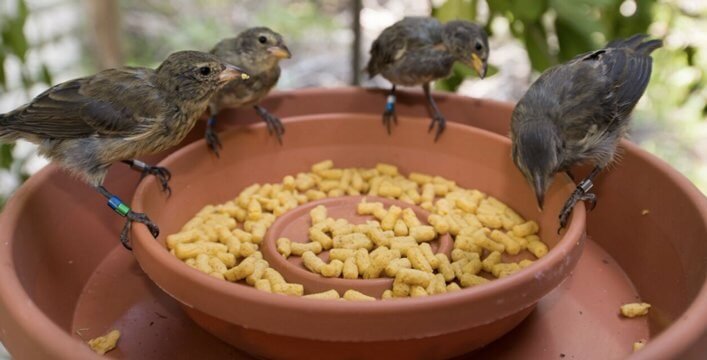
During the majority of the time the fledglings stayed within the mangrove forest at PTN, and were found interacting with wild (adult and juvenile) mangrove finches. Eight individuals traveled as far as 1.5km from the aviary, crossing the surrounding lava fields to forage in arid zone vegetation. At the end of the monitoring period, fledglings still visiting the aviary were recaptured and their transmitters were removed.
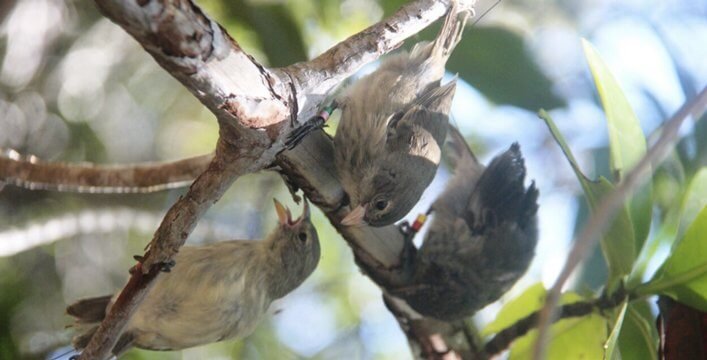
This breeding season was particularly challenging for the mangrove finches. Dry weather conditions shortened the breeding season which generally occurs until late April or May, however this year no mangrove finch nesting occurred later than March.
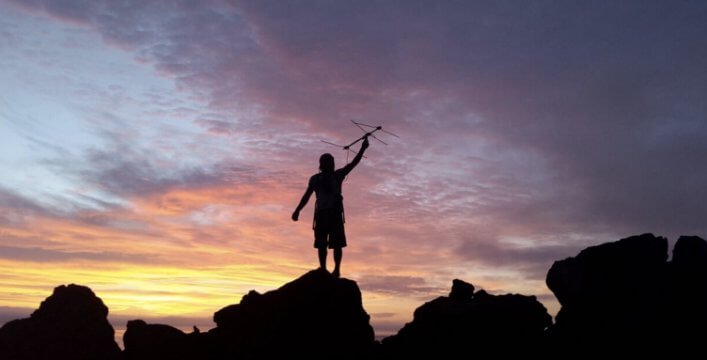
Obtaining observations of juvenile non-breeding mangrove finches is exceptionally challenging, due to their cryptic nature. However, three juveniles that were captive-reared in 2014 and 2015 were observed during May, which shows that captive-reared mangrove finches are capable of surviving longer term in the wild. This was great news as for head-starting to be effective at conserving the species, captive-reared birds must recruit into the wild breeding population and increase the population size of this critically endangered species.

The Mangrove Finch, a species endemic to the Galapagos Islands, is on the brink of extinction with their greatest current threat due to the impact of the parasitic larvae of the introduced fly Philornis downsi which causes exceptionally high mortality in wild nestlings.

It is estimated that the entire population of this critically endangered species consists of approximately 100 individuals with fewer than 20 breeding pairs. While various control methods for Philornis downsi are being researched, the mangrove finch head-starting program began in 2014 as an attempt to immediately increase annual fledging success within the Mangrove Finch population.

With this past month marking the release of the third group of captive-reared fledglings since 2014, a total of 36 mangrove finches have now been released into the wild and the team are hopeful that within the next couple of years captive-reared birds may be observed nesting, saving the mangrove finches one bird at a time for future generations.

The Mangrove Finch Project is a bi-institutional project carried out by the Charles Darwin Foundation and Galapagos National Park Directorate in collaboration with San Diego Zoo Global and Durrell Wildlife Conservation Trust. The project is supported by Galapagos Conservation Trust, Marguerite Griffith-Jones, GESS Charitable Trust, and Decoroom Limited, The Leona M. and Harry B. Helmsley Charitable Trust, the Swiss Friends of Galapagos, Fondation Ensemble, the Holbeck Trust and several individual donors.





